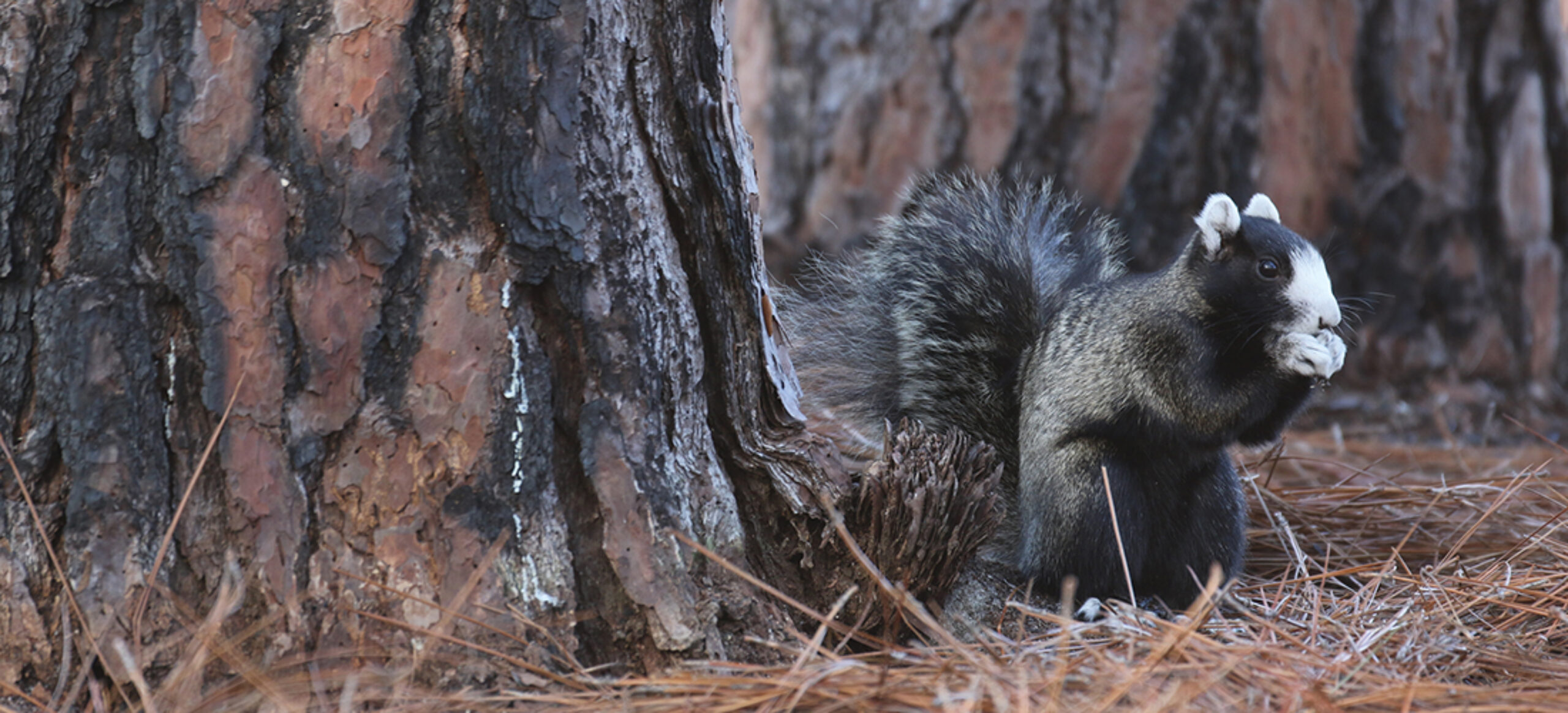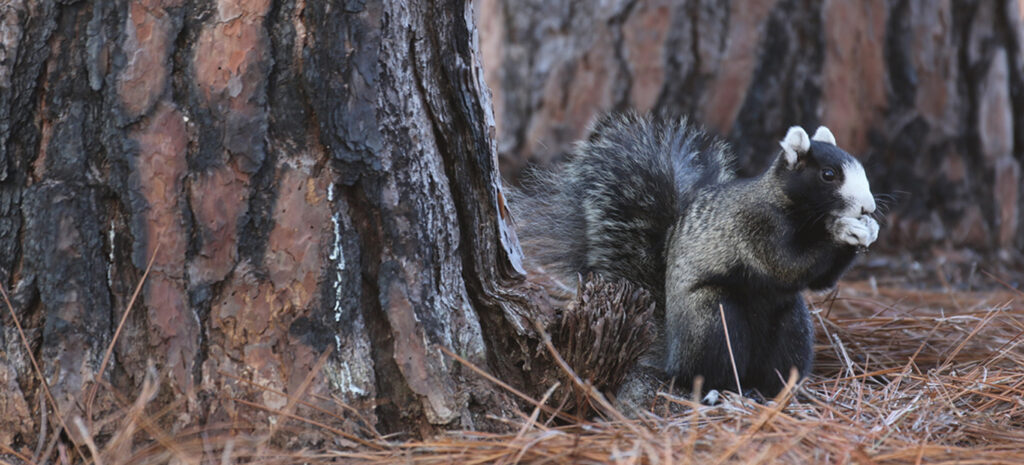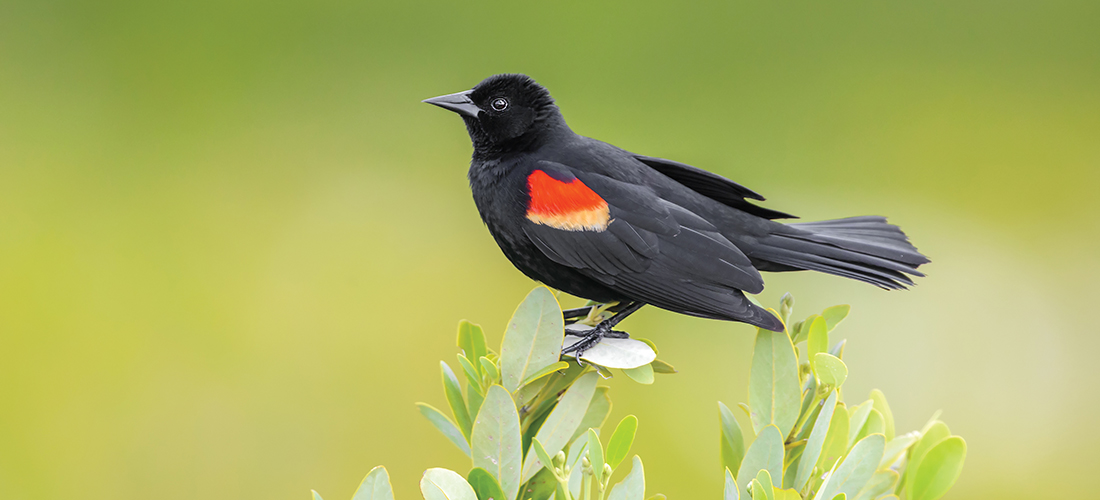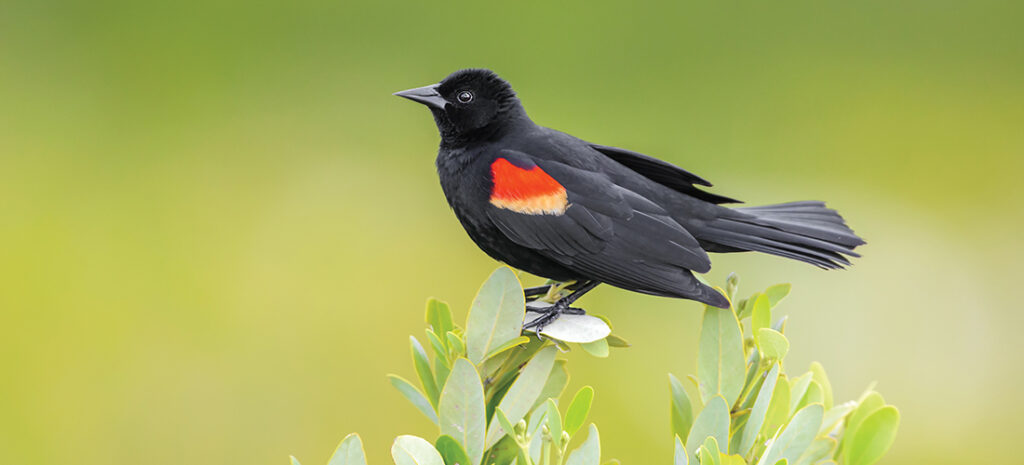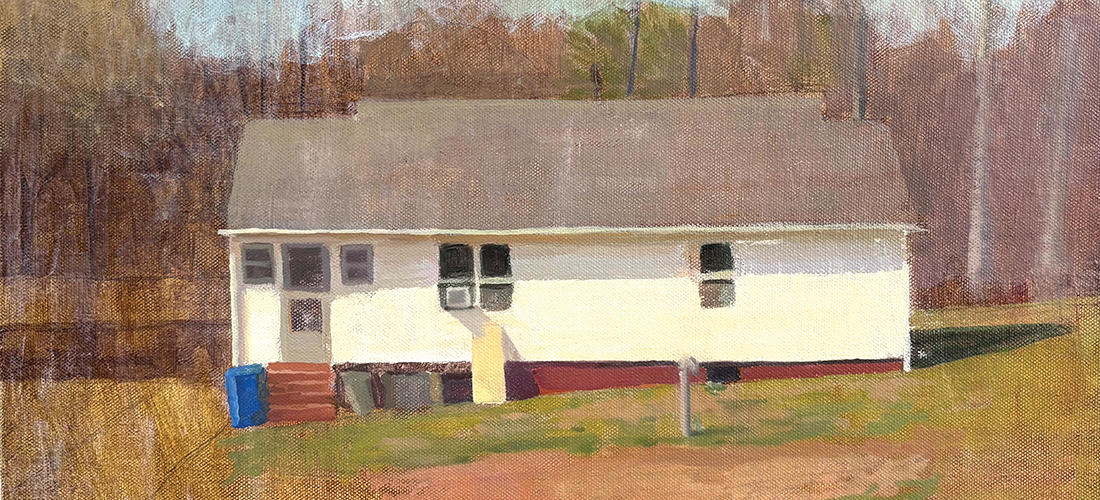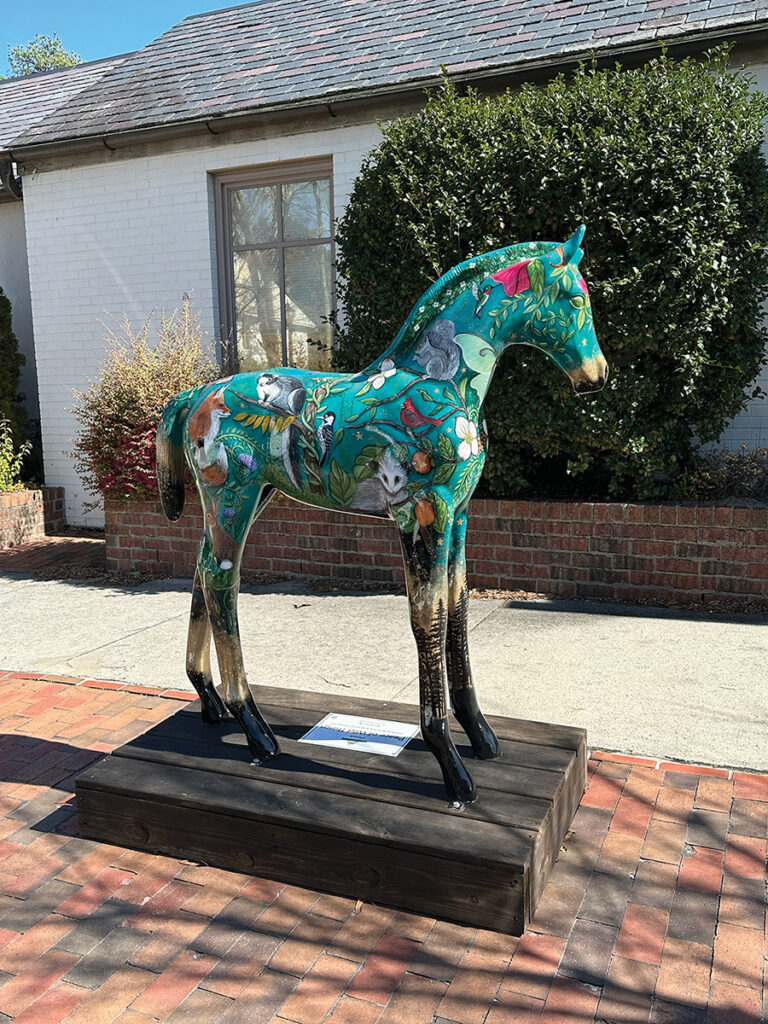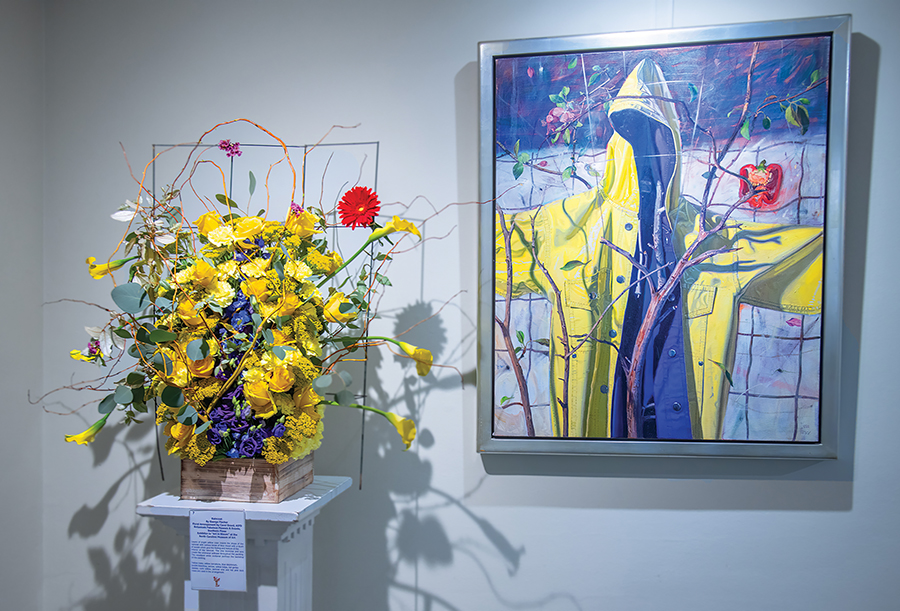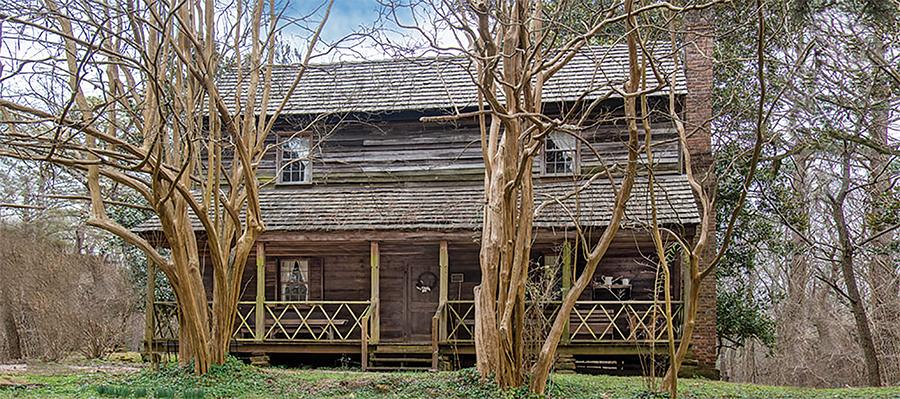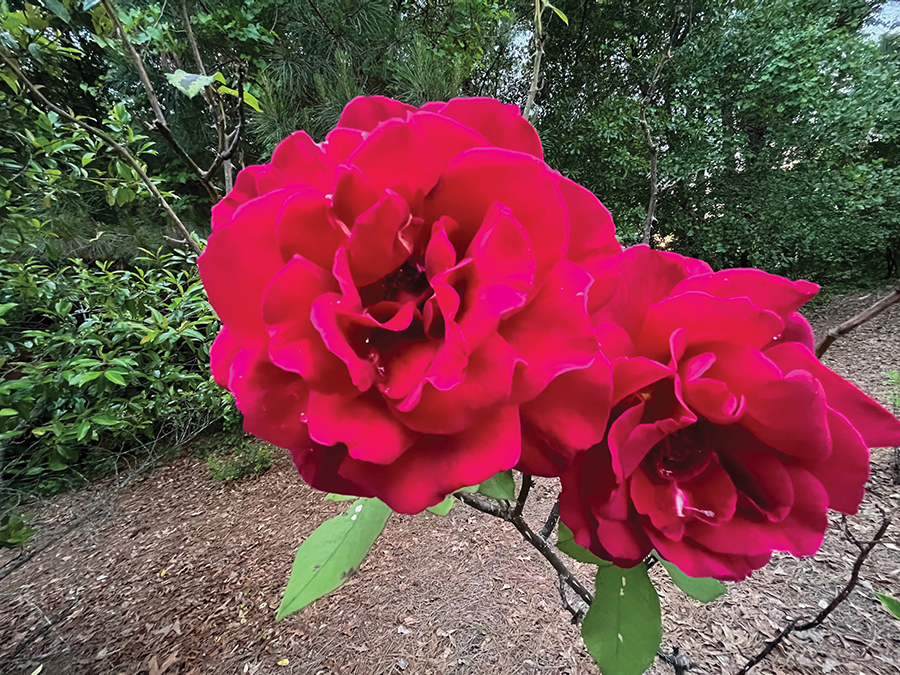FICTION
Table for Two, by Amor Towles
Millions of Towles fans are in for a treat as he shares some of his shorter fiction: six stories based in New York City and a novella set in Golden Age Hollywood. The New York stories, most of which take place around the year 2000, consider the fateful consequences that can spring from brief encounters and the delicate mechanics of compromise that operate at the heart of modern marriages. In Towles’ novella Rules of Civility, the indomitable Evelyn Ross leaves New York City in September 1938 with the intention of returning home to Indiana. But as her train pulls into Chicago, where her parents are waiting, she instead extends her ticket to Los Angeles. Told from seven points of view, “Eve in Hollywood” describes how Eve crafts a new future for herself — and others — in a noirish tale that takes readers through the movie sets, bungalows and dive bars of Los Angeles. Written with his signature wit, humor and sophistication, Table for Two is another glittering addition to Towles’ canon of stylish and transporting fiction.
What the Mountains Remember, by Joy Callaway
It’s April 1913, and Belle Newbold hasn’t seen mountains for seven years, not since her father died in a mining accident and her mother married gasoline magnate Shipley Newbold. When her stepfather’s business acquaintance Henry Ford includes the family in one of his famous Vagabonds camping tours, the group is invited to tour the unfinished Grove Park Inn. Belle is unexpectedly thrust into a role researching and writing about the building of the inn — a construction the locals are calling The Eighth Wonder of the World. As Belle peels back the façade of the inn, the society she’s come to claim as her own and the truth of her heart, she begins to see that perhaps her part in Grove Park’s story isn’t a coincidence after all. Perhaps it is only by watching a wonder rise from ordinary hands and mountain stone that she can finally find the strength to piece together the long-destroyed path toward whom she was meant to be.
NONFICTION
The Early Days of ESPN, by Peter Fox
There is a forever dramatic moment on the evening of September 7, 1979, when Peter Fox and colleagues threw the switch to change sports television and maybe even sports forever. This book chronicles the curvy, crazy, giddy days of riding ESPN’s early rocket into business history. It’s about the people, the daydreams and the nightmares.
A Really Strange and Wonderful Time: The Chapel Hill Music Scene 1989-1999, by Tom Maxwell
North Carolina has always produced extraordinary music of every description, but the indie rock boom of the late ’80s and early ’90s brought the state fully into the public consciousness while the subsequent post-grunge free-for-all bestowed its greatest commercial successes. In addition to a slate of excellent indie bands like Superchunk, Archers of Loaf and Polvo, this was the decade when other North Carolina artists broke Billboard’s Top 200 and sold millions of records. A Really Strange and Wonderful Time features a representative cross section of what was being created in and around Chapel Hill between 1989 and 1999. It documents local notables like Ben Folds Five, Dillon Fence, Flat Duo Jets, Small, Southern Culture on the Skids, The Veldt and Whiskeytown.
The Demon of Unrest: A Saga of Hubris, Heartbreak, and Heroism at the Dawn of the Civil War, by Erik Larson
On Nov. 6, 1860, Abraham Lincoln became the fluky victor in a tight race for president. The country was bitterly at odds: Southern extremists were moving ever closer to destroying the Union, with one state after another seceding, and Lincoln powerless to stop them. Slavery fueled the conflict, but somehow the passions of North and South came to focus on a lonely federal fortress in Charleston Harbor, Fort Sumter. Larson offers a gripping account of the chaotic months between Lincoln’s election and the Confederacy’s shelling of Sumter — a period marked by tragic errors and miscommunications, enflamed egos and craven ambitions, personal tragedies and betrayals.
CHILDREN’S BOOKS
The History Channel: This Day in History for Kids, by Dan Bova
What could be a more perfect gift for a teacher or a birthday than this fact-a-day encyclopedia? Packed with tiny tidbits of history, this is the gift that keeps on giving. (Ages 8 and up).
What’s Inside a Bird’s Nest?, by Rachel Ignotofsky
Whether as a coffee table book or as a sit-with-me-read-together, this stunningly beautiful nature book is always the right choice. Lovers of the outdoors will find a treasure trove of information about eggs, nests, birds and the life cycles of our feathered friends. (Ages 4-10).
Frank and Bert: The One Where Bert Learns to Ride a Bike, by Chris Naylor-Ballesteros
It just doesn’t get any cuter than Frank and Bert, and now Bert is learning to ride a bike. It may be a rocky road — with a few stops for supreme silliness — but these two friends will work it out. Usher in springtime with this fun read-together. (Ages 3-6).
Poemhood: Our Black Revival, by Amber McBride, Erica Martin and Taylor Byas
Just in time for National Poetry Month comes this stunning collection that includes contributions by poets both contemporary and canon. Audrey Lorde, Gwendolyn Brooks and Phyllis Wheatley sit on pages beside Kwame Alexander, Ibi Zoboi and Ama Asantewa Diaka. Covering themes of pain and joy, frustration and community, this collection is an important addition to any poetry shelf. (Ages 10 and up).
If You Want to Ride a Horse, by Amy Novesky
Step on up. Hold the reins firmly but loosely. Settle in the saddle, spine to spine, and breathe. If you want to ride a horse, you have to be willing to fly. This lovely picture book anthem is a must for horse lovers of all ages. (Ages 3-8). PS
Compiled by Kimberly Daniels Taws and Angie Tally.



